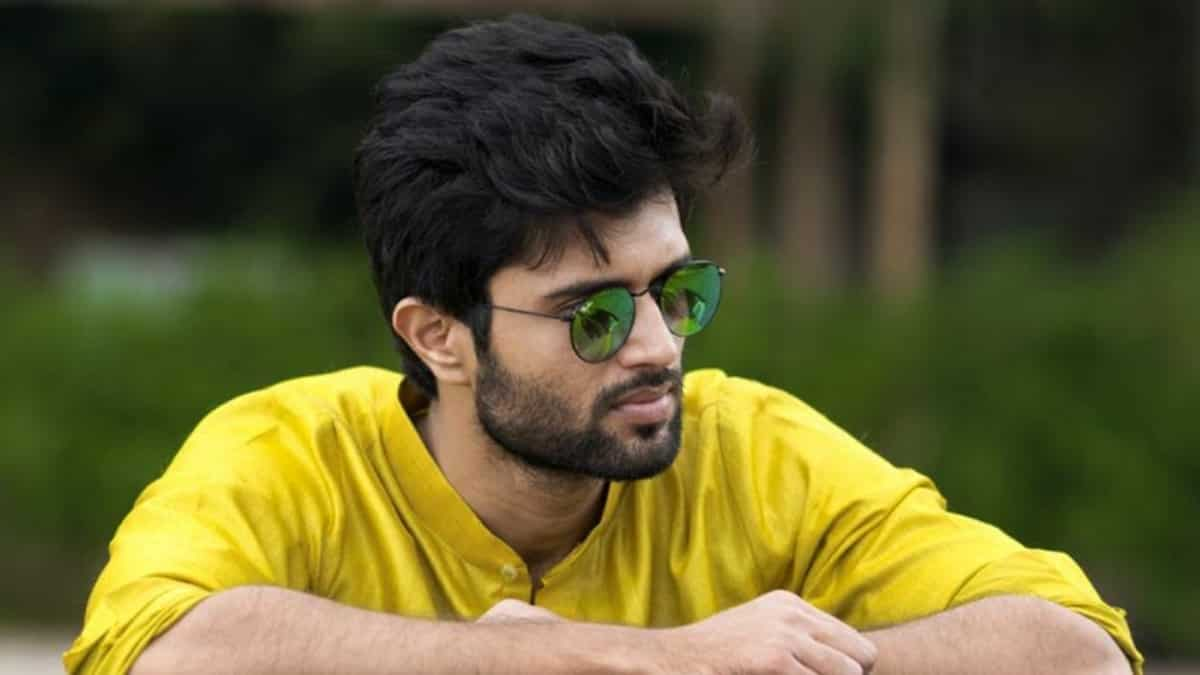
‘I have a lot of respect for Satyajit Ray, but I’m a little tired of stereotypes of Indian poverty’
1 month ago | 10 Views
At the end of his first research trip to northern Uttar Pradesh, half the village came to see him off, says director and cinematographer Siddartha Jatla. “I was there to learn more about a report that said local families were sending older members into the forest to be tiger prey so they could collect compensation from the government. I am from Hyderabad and don’t speak Hindi very well, so I was very worried about how they would react to me,” he says.
It turned out that the popularity of dubbed South Indian action films had paved the way. “I think they became extremely fond of me, in fact, because of how I speak Hindi,” he says with a smile.
The 40-year-old eventually spent about 16 months in this village that he doesn’t want to name, and the result is his second film. In the Belly of a Tiger premiered at the Berlin International Film Festival last month. Through the story of a man who offers himself up to a hungry tiger in order to secure some money for his family (government compensation can go as high as ₹10 lakh), Jatla and co-writer Amanda Mooney dissect structures of community and capitalism.
“In the time that I spent in the village, I never saw a tiger and you never see one in the film. That area has a lot of problems, including poverty, lack of education and alcoholism, but the animal isn’t one of them,” Jatla says.
The surreal overlap of the personal and the political is at the heart of the stories he tells. His debut film, Love and Shukla (2017), which premiered at the Busan International Film Festival, was about a newly married autorickshaw driver’s struggles to connect with his wife, in an overcrowded home, his efforts hobbled by a society that has provided him with no map for how to navigate this stage of their lives.
“There was a lot that I learnt from doing the rounds of festivals with Love and Shukla and I leveraged that when making my second film,” Jatla says. “I had produced the first myself. Then I realised that it’s very difficult for an Indian newcomer to get into the Big Five (the Venice, Cannes, Berlin, Toronto and Sundance film festivals) if they haven’t been a part of script labs, and aren’t backed by known producers or have famous technicians as part of the crew.”
So In the Belly of a Tiger is a co-production backed by banners from India, the US, China, Indonesia and Taiwan. Its crew includes the Oscar-winning sound designer Resul Pookutty and the legendary Japanese composer Shigeru Umebayashi, whose work includes the music for Wong Kar-wai’s In the Mood for Love (2000).
“After we finished the script, Amanda asked who I’d want to do the music for the film. I had three names on my wishlist – AR Rahman, Hans Zimmer and Umebayashi. She wrote to all three and Umebayashi was one of the two who responded.”
Jatla’s only brief to the composer at their first meeting was that he didn’t want any Indian instruments. “As in any creative collaboration, there were disagreements, but that first meeting really set the tone. It’s his magnanimity that every time I told him I didn’t like a segment, he said, ‘You are the director’.”
For the film’s cast, Jatla went another way. The main characters are all played by local theatre actors. The secondary and tertiary members are all real villagers. “I was told that I should have at least one established actor in the film, but it just wouldn’t have been right for this movie,” he says.
Together, the cast attended four months of workshops, which included watching films from a range of genres. “I showed them films by Jia Zhangke, a Chinese filmmaker who uses non-actors very effectively. We also watched Raam Reddy’s Thithi (2015) and Chaitanya Tamhane’s Court (2014), which feature non-actors, and it really helped the villagers understand what I was looking for.”
Jatla shot the film in rural Uttar Pradesh in 2022, during the pandemic. “The villagers I worked with are such wonderful people, full of love and empathy, but their lives are brutal. I saw people I had developed relationships with, including my landlord in the village, succumb to the virus. It was devastating,” he says.
As the film’s cinematographer, he juxtaposes the bleakness of this world with the intrinsic beauty of the region. “No matter where I set the camera in that village, I always had a gorgeous frame,” he says. This, coupled with his decision to clothe the cast in vivid colours, has earned some criticism. “People are used to seeing a certain kind of Indian poverty on screen; the kind that we saw in Satyajit Ray’s films or more recently in Peepli Live (2010; a film about farmer suicides). While I have a lot of respect for Ray, I am a little tired of the stereotype,” Jatla says. “My actors had to be dressed in bright, happy colours. That’s how the villagers dress.”
There is other brightness too. In the Belly of a Tiger is also a love story. In its final act, the film takes an odd but effective turn as it focuses on the couple at the heart of the story, stilling all other plot lines to follow them as they look back on their time together.
This, Jatla learnt from Kim Ki-duk, he says, referring to the South Korean filmmaker as the Dronacharya to his Eklavya. “I discovered Ki-duk while in Busan on a student exchange programme. Watching his films gave me the confidence to not worry about a film’s budget,” Jatla says. “I made Love and Shukla on a budget of $10,000. And, in this film, I’ve incorporated his storytelling style that takes the audience down an unexpected path midway through the film.”
Born to Telugu filmmaker Jatla Venkataswamy Naidu and actress Jatla Meenakshi Naidu, Jatla grew up watching his parents struggle financially. “I think of my father as a beautiful disaster, because he never brought money home,” he says. Growing up, the boy loved movies nonetheless; particularly entertainers made by the likes of Chiranjeevi and Steven Spielberg. Later, he would come to appreciate the work of Andrei Tarkovsky, whom he discovered while studying at the Film and Television Institute of India (FTII).
Earnestness has never made a film more watchable to him though, Jatla says; an exceptional story has always been key.
“When I was six, my dad took me to watch Salaam Bombay! (1988) at a film club. I cried so much, because I hated it, that he promised to take me to a Chiranjeevi film. I’ve watched Titanic (1997) scores of times.”
His next film will be a love story, he says. “It will have a twist, and I am hoping to set the story in China, where I completed post-production on this film. I don’t speak the language but if there’s one thing I’ve learnt after making this film in UP, it is that emotions are universal.”
Read Also: 6 cities. 60 menus. secret sauces. taboo treats: here’s what india eats now

















